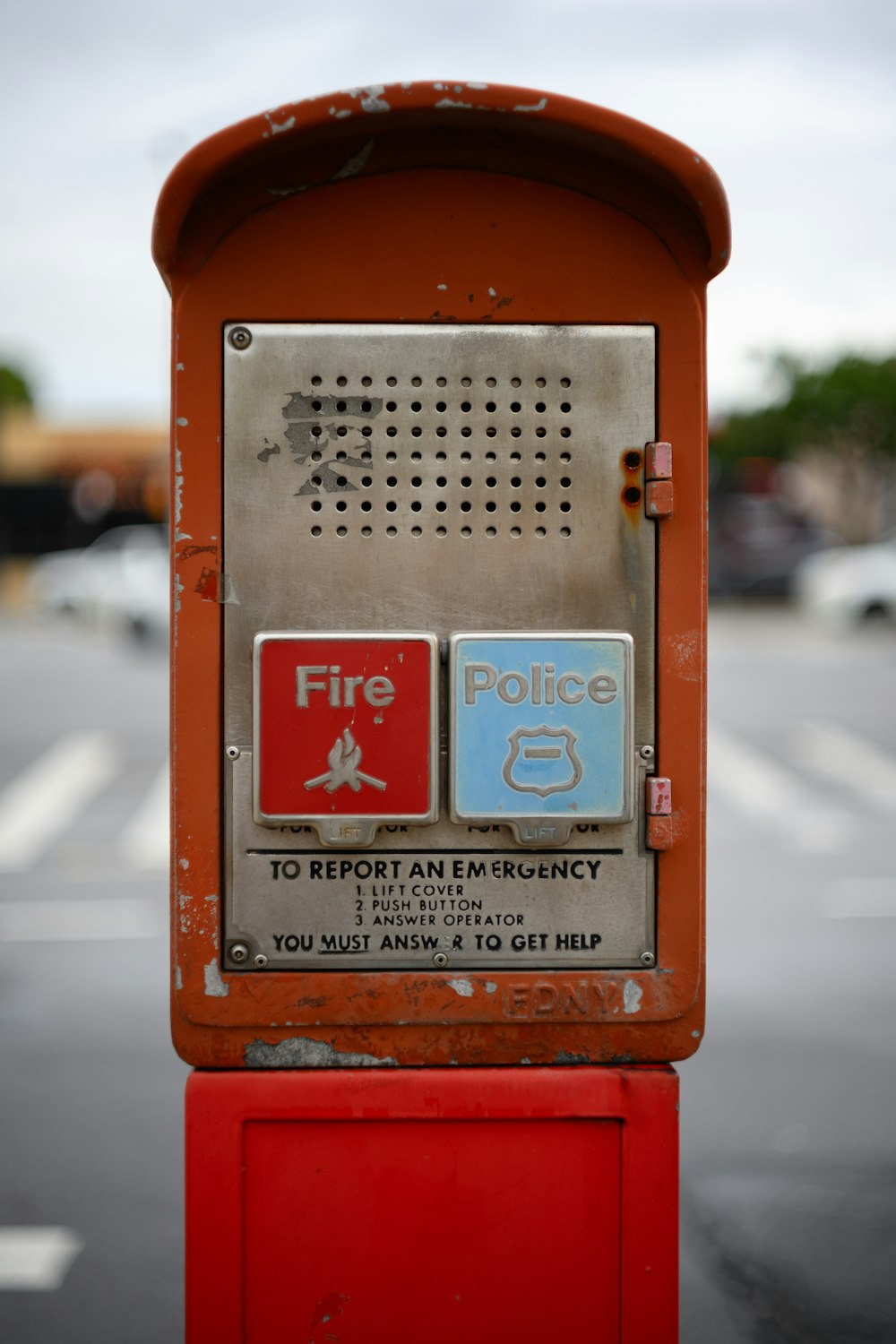How to Overcome Driving Emergencies
You drive every day on roads you are familiar with and you will never know when accidents will beset you as a vehicular emergencies happen. It is important that you know how to respond to it. Remember that emergencies happens the least you expect it. Often, it only takes a fraction of a second to address the problem. It is important to know the right thing to do. Here are some ways you can utilize when an emergency arises.
An accident you never thought would happen.
- When you are in the driver seat, you are accountable on whatever happens. To avoid this, make use of your peripheral vision and see things ahead quickly while you stay on your lane. Put your vehicle a little inches on the left side of the driver so you can immediately see the brake lights before he does. So if the vehicles in front of you flashes, then you need to slow down to be safe. There could be a prevailing problem.
Smashed windscreen.
- When you are in a rough road, chances are other vehicles although not deliberately, could throw debris that could damage your windscreen. Pull over and get a blanket or any available cloth in the car and conceal the openings of the ventilator so that the glass will not fall inside your car. And then, push the broken glass outside. Go to the nearest auto shop after.
Blown tires.
- It could be scary when you are driving and suddenly you hear a loud noise. You know it was your blown tires. The tendency after is that your car will drive on one side. Slow down and just hold the steering wheel tightly while you move your vehicle on the side of the road. Take a look at your tire. You may need to change it with your spare that is in your trunk. If you don’t have one, call roadside assistance.
Engine breakdown.
- If this happens, show a sign to other vehicles. Turn on your hazard lights and at the same time, pump your breaks. Drivers know that something is wrong. Go to the side of the road. If you can’t stay where you are and keep on flashing that light. Call for assistance.
Brake failure.
- This is a serious problem. If your system light tells you that there is something wrong with your brake, little by little, bring your vehicle to the nearest auto shop. If the brakes failed, hit that horn or use the headlights to tell the vehicles that there is something wrong. Drive your vehicle at the side of the road. Avoid changing the direction hastily to avoid an accident.
Wet breaks.
- Examine your brakes by tapping or putting pressure gently after your vehicle went into water. You could make your brakes dry by driving gradually in low gear and by implementing a little pressure on the brakes.
What if the power steering fails?
- You still need to have that guided control of your car, but it will be hard to turn the steering wheel. Now, decelerate and lessen the severe turns. The more severe the turn, the harder to maneuver the steering wheel. Bring your vehicle to the auto shop and have a professional fix the power steering.
Defective headlights.
- Having defective headlights is not safe especially when you are driving at night or going through a road that has little light. If you realize that there is problem with the headlights, then drive slowly and carefully drive your car to the side of the road. Make sure you open your hazard lights, or if that too has a problem, put a road hazard sign observing good distance from the back of your car. Call for assistance. If your phone isn’t working stop another car and ask for help.
LOOK FOR A PRO TO TAKE A LOOK AT YOUR CONCERNS
Let Chaney’s Collision Center look into your car concern. Chaney’s Collision Center has professionally trained repair experts and state-of-the-art equipment. You can schedule a vehicle pick-up and your car will be delivered to your garage looking brand new. To do this, you may call Chaney’s Collision Center at (623) 915-2886.

